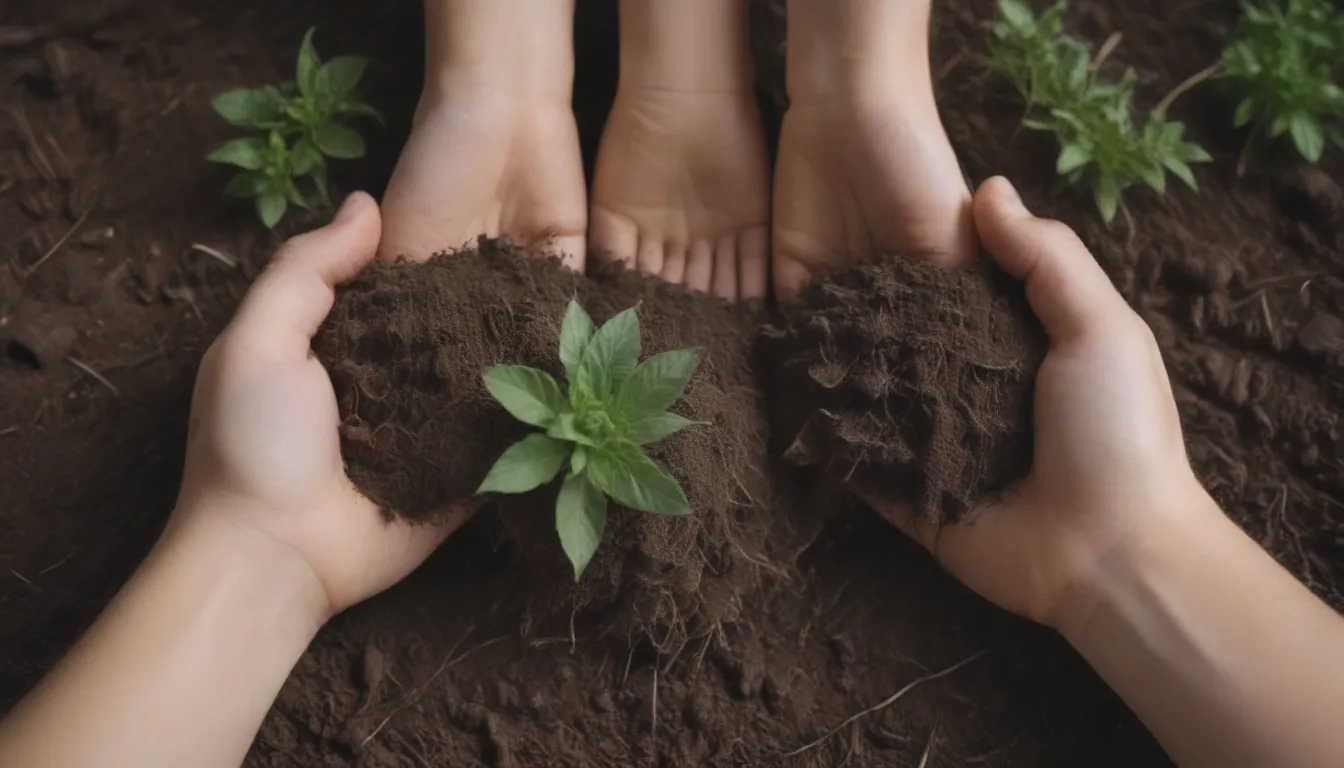Understanding the Difference Between Soil and Dirt: A Comprehensive Guide for Gardeners

Have you ever wondered what sets soil apart from dirt? Despite the interchangeable use of these terms, there are significant differences between the two that can impact plant growth and overall garden success. While growers may have historically used the term “dirt” to describe their planting medium, understanding the distinctions between soil and dirt can help elevate your gardening game to new heights.
Soil vs. Dirt: Unpacking the Variance
It’s important to note that soil and dirt are not synonymous. While both are essential components in the gardening world, they each have distinct qualities that make them unique. Let’s dive into the specifics to gain a better understanding of their differences:
-
Dirt: When we refer to “dirt,” we’re primarily talking about the physical particles that make up the earth’s surface. These particles typically consist of clay, sand, and silt. While dirt alone may not provide optimal conditions for plant growth, it serves as the foundational component of soil.
-
Soil: On the other hand, soil encompasses more than just dirt. True soil contains a rich blend of organic matter, microorganisms, and nutrients that create a fertile environment for plants to thrive. It’s this living component that sets soil apart from mere dirt and makes it a powerhouse for gardening success.
The Role of Components in Soil
To better grasp the distinction between soil and dirt, it’s crucial to understand the key components that make up each:
-
Dirt Components: Clay, sand, and silt form the basic structure of dirt and provide a starting point for soil development. While these components offer some nutritional value, they lack the essential life force needed for plant growth.
-
Soil Components: Soil enriches the dirt base with organic matter that teems with life, including beneficial microorganisms. These organisms play a vital role in converting raw nutrients into forms that plants can readily absorb, making soil a nutrient-rich powerhouse for gardening.
Enhancing Plant Growth with Healthy Soil
Now that we’ve distinguished between soil and dirt, let’s explore how cultivating healthy soil can benefit your plants and elevate your gardening game:
-
Nutrient Absorption: Plants rely on the diverse array of nutrients present in healthy soil to support growth and development. By fostering a thriving ecosystem of microorganisms, you can unlock the full potential of these nutrients for optimal plant health.
-
Water Retention: Unlike dirt, soil has the unique ability to retain water and provide a consistent source of hydration for plant roots. This critical function ensures that plants receive the moisture they need to thrive, even in challenging conditions.
Tip: Incorporating Organic Matter
One effective way to enhance your soil quality is by incorporating organic matter into your gardening routine. Whether it’s compost, mulch, or other natural additives, organic matter provides essential nutrients and fosters a robust microbial community in the soil, creating a fertile environment for plant growth.
Navigating Planting Media: Soil, Potting Soil, and Potting Mix
In addition to soil and dirt, gardeners often encounter products labeled as “potting soil” or “potting mix.” Understanding the differences between these planting media can help you make informed choices for your gardening projects:
-
Potting Soil: While similar to natural soil, potting soil is specifically designed for container gardening and other applications where traditional soil may be lacking. Rich in organic matter and nutrients, potting soil serves as a versatile medium for potted plants and raised beds.
-
Potting Mix: In contrast to potting soil, potting mix does not contain soil or dirt. This soilless blend of ingredients provides a lightweight, aerated medium perfect for container gardening and seed starting. Its sterile composition makes it an ideal choice for ensuring healthy plant growth in confined spaces.
Tip: Choosing the Right Medium
When selecting a planting medium for your gardening projects, consider the specific needs of your plants and the environment in which they will thrive. Whether you opt for potting soil or potting mix, prioritize the quality of the medium to provide your plants with the best possible growing conditions.
Cultivating a Greener Thumb with Soil Science
By delving into the nuances of soil and dirt, you can gain a deeper understanding of the vital role these components play in plant growth and garden success. With the right knowledge and practices in place, you can transform your gardening experience and cultivate a lush, thriving landscape that reflects your passion for horticulture.
In conclusion, soil and dirt may seem like simple elements in the gardening world, but their impact on plant growth is profound. By nurturing healthy soil enriched with organic matter and beneficial microorganisms, you can create an environment where plants flourish and thrive. So, the next time you dig into the earth, remember the difference between soil and dirt—and watch your garden bloom with vitality and abundance. Happy gardening!
References:
– OSU Extension Service
– Soil and Plant Nutrition: A Gardener’s Perspective – The University of Maine





